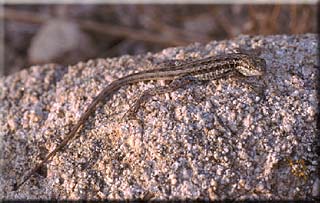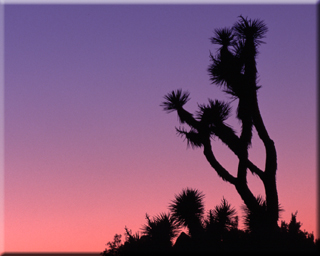| page 1 of 7 |
I brought everything I would need for a four-day driving trip through the hot hot deserts: a big cooler full of ice, water, and snacks, various maps, hot-weather clothes and hat, my trusty Pentax ZX-5n camera with lenses and tripod, and of course my copy of Sherburn Sanborn's indispensible Lizard-Watching Guide. Don't leave home without it.
Some of the animals I most hoped to find were fringe-toed lizards. In many trips to the desert throughout my life I had somehow managed to completely avoid seeing any fringe-toed lizards (can you imagine?). There are three species in the United States: the Colorado Desert fringe-toed lizard, the Mojave fringe-toed lizard, and the endangered Coachella Valley fringe-toed lizard. All three live on wind-blown dunes, using their fringed toes to gain purchase for fast running and quick submerging in the loose sand. I would be travelling through the ranges of all three species. If I were lucky, maybe I'd see some this time. If I were really lucky, maybe I'd see more than one of the three species.


